At certain places on the Sabine River, I try to keep an eye out for evidence of the ferries that once allowed people (and wagons and livestock) to cross the river before bridges became an option.
If the water in the Sabine wasn’t so brown and murky, you could probably locate some of the old ferries decaying on the riverbed, where they sank after being abandoned in the late nineteenth and early twentieth centuries. I heard about them from my friend and collaborator Jacob Botter, whose ancestors operated a ferry at the end of what is now Waldons Ferry Road, a dirt trail in rural Harrison County. His great-great-great-great-grandpa (give or take a great or two) ran a rope from one side of the river to the other and used the rope to pull himself across whenever a paying customer wanted passage.
I’m not sure when that ferry ceased to exist, but Gaines Ferry, the last ferry on the Sabine River, operated until 1937. It transported travelers along the old Camino Real, where Texas Highway 21 meets Louisiana Highway 6. The ferry was replaced by a bridge, which was inundated by the creation of Toledo Bend Reservoir a little more than half a century ago.
I was reminded of the Sabine River ferries when my friend Sean Kimmons shared photos from his recent crossing of the Rio Grande. Sean and his parents loaded their car onto a ferry in Los Ebanos, Texas, and were pulled across the river by a team of men tugging a rope stretched from one bank to the other.
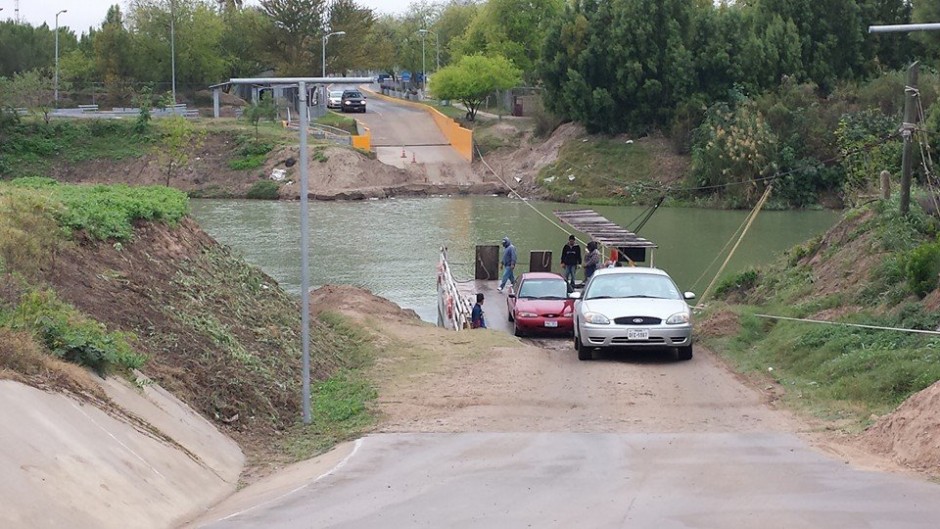
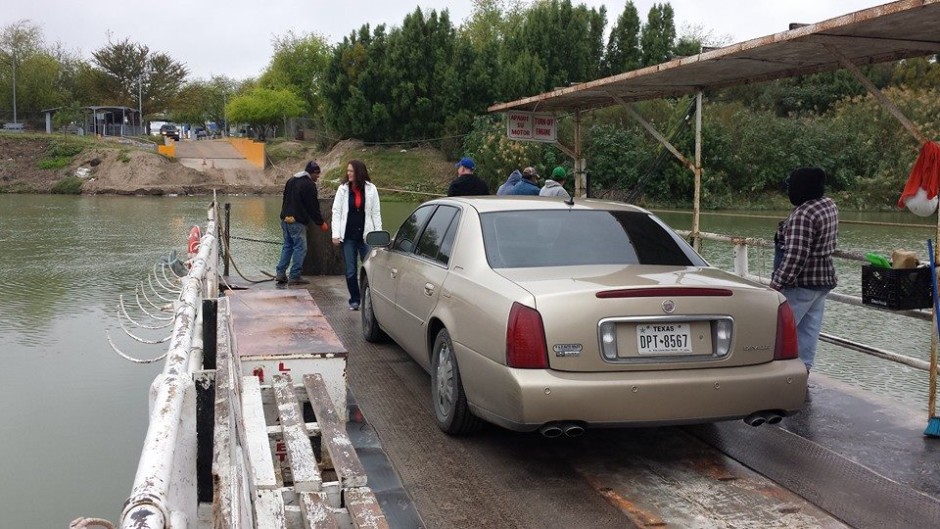
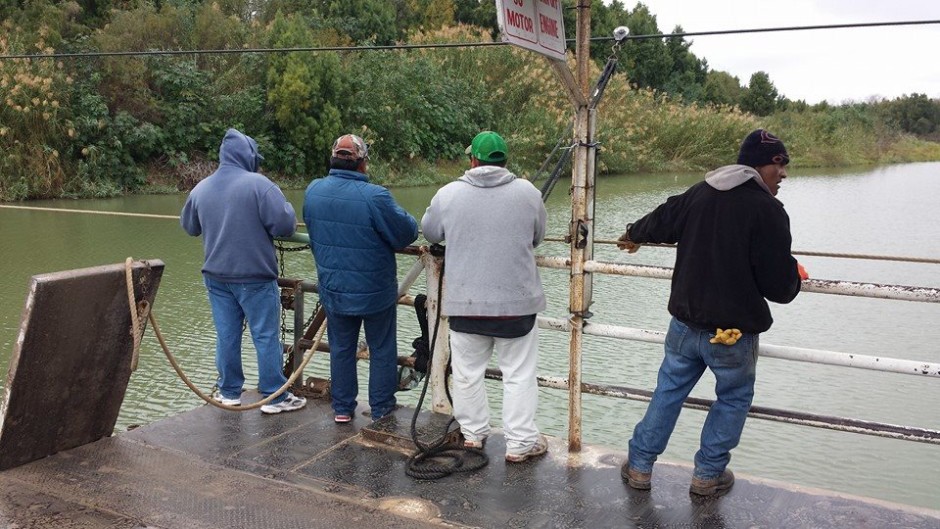
According to the Texas Department of Transportation, the Los Ebanos Ferry is the only remaining hand-pulled ferry on the Texas-Mexico border.
The Los Ebanos Ferry is a popular tourist attraction since it is the only remaining hand-pulled ferry on the U.S.-Mexico border. It can accommodate only three cars and 12 pedestrians at one time.
The crossing is also known locally as Los Ebanos-San Miguel Camargo, Ferry Gustavo Díaz Ordaz and Ferry Díaz Ordaz-Los Ebanos.
Although the crossing has been in operation since the 1950s, the current ferry has been operating since 1979. It was recognized with a state historical marker in 1975.
And here’s a photo of a Sabine River ferry taken in 1916.
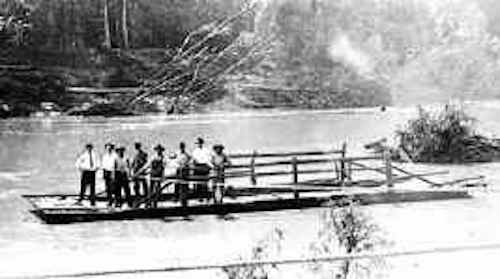
Here’s a random video that shows how the Los Ebanos Ferry works.
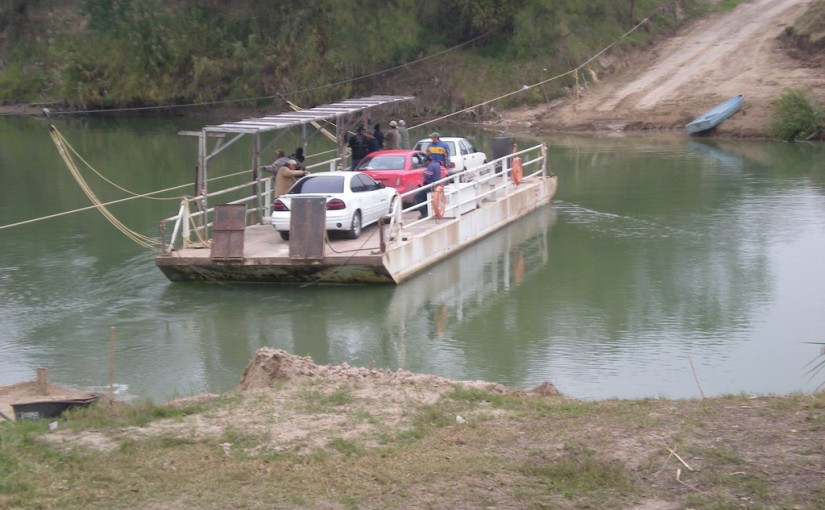
7,331 responses to “Hand-pulled ferries across the Sabine and Rio Grande”
Brittanya 187 Only Fans Mega Link Folder
Mikayla Saravia Only Fans Mega Link Folder
Im xXx Dark Only Fans Mega Link Folder
The Bum Bum Queen Only Fans Mega Link Folder
I have been browsing online more than three hours today, yet I never found any interesting article like yours. It is pretty worth enough for me. In my view, if all web owners and bloggers made good content as you did, the web will be much more useful than ever before.
Thank you for your articles. They are very helpful to me. May I ask you a question?
Thank you for sharing this article with me. It helped me a lot and I love it.
Please tell me more about your excellent articles
Gracie Bon Only Fans Mega Link Folder
Celina Smith Only Fans Mega Link Folder
iTs Wynter Only Fans Mega Link Folder
Your place is valueble for me. Thanks!?
Brittanya 187 Only Fans Mega Link Folder
Thank you for your articles. I find them very helpful. Could you help me with something?
Thanks for this excellent article. One more thing to mention is that nearly all digital cameras come equipped with a new zoom lens that permits more or less of the scene to get included simply by ‘zooming’ in and out. These kinds of changes in {focus|focusing|concentration|target|the a**** length will be reflected within the viewfinder and on substantial display screen right on the back of your camera.
You helped me a lot by posting this article and I love what I’m learning.
Hmm is anyone else experiencing problems with the pictures on this blog loading? I’m trying to figure out if its a problem on my end or if it’s the blog. Any feed-back would be greatly appreciated.
iTz Grippy Only Fans Mega Link Folder
iTz Grippy Only Fans Mega Link Folder
Jenise Hart Only Fans Mega Link Folder
The Bum Bum Queen Only Fans Mega Link Folder
Saffron XX Rose Only Fans Mega Link Folder
Jailyne Ojeda Only Fans Mega Link Folder
Great beat ! I would like to apprentice while you amend your web site, how could i subscribe for a blog site? The account helped me a acceptable deal. I had been a little bit acquainted of this your broadcast provided bright clear concept
Saffron XX Rose Only Fans Mega Link Folder
The Real Bombshell Mint Only Fans Mega Link Folder
Thank you for your articles. I find them very helpful. Could you help me with something?
Mikaila Dancer Only Fans Mega Link Folder
Patricia Tarka Only Fans Mega Link Folder
Thank you for your articles. I find them very helpful. Could you help me with something?
I want to thank you for your assistance and this post. It’s been great.
Boriqua Mami Only Fans Mega Link Folder
Yasmine Lopez Only Fans Mega Link Folder
iTz Grippy Only Fans Mega Link Folder
Gina WAP Only Fans Mega Link Folder
Jenise Hart Only Fans Mega Link Folder
Patricia Tarka Only Fans Mega Link Folder
Pornstar
Sex
Sex
Pornstar
You’ve been great to me. Thank you!
Thank you for sharing this article with me. It helped me a lot and I love it.
Thank you for your help and this post. It’s been great.
Viagra
Porn site
Thank you for your articles. They are very helpful to me. May I ask you a question?
Scam
Pornstar
The KI convention middle situated in Green Bay, WI at the moment (as of 2013) has the largest solar PV set up in Northeastern Wisconsin.